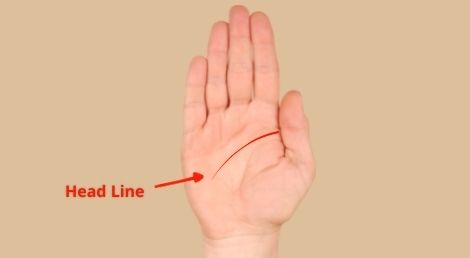Does a line crossing the headline indicate a brain injury in palmistry?
Palmistry, the practice of reading meaning from lines on someone's palm, is not generally recognized as a scientifically valid method for diagnosing medical conditions like brain injuries.
While some practitioners may attribute specific meanings to lines crossing the headline (the line across the palm at the base of the fingers), there is no scientific evidence to support these claims.
Brain injuries are complex and require specific medical diagnostic tools like CT scans, MRIs, and neurological assessments. Relying on palmistry for such sensitive health matters could be potentially dangerous and delay seeking proper medical attention.
Here's why relying on palmistry for medical diagnosis is problematic:
- Lack of scientific basis: Palmistry has no known biological or neurological foundation, and its supposed correlations with health conditions haven't been validated by scientific studies.
- Subjectivity and inconsistency: Palm interpretations can vary greatly depending on the practitioner's individual beliefs and methods, leading to unreliable and inconsistent results.
- Potential for harm: Attributing a potentially serious health condition like a brain injury to a palm line reading could lead to delayed or incorrect medical treatment, potentially causing harm.
If you have concerns about your health, including concerns about a possible brain injury, it's crucial to seek qualified medical professionals for diagnosis and treatment. They have the expertise and tools necessary to accurately assess your condition and provide appropriate care.

Comments
Post a Comment
Thanks